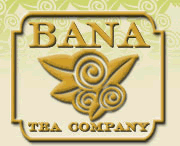
 One of the most unique aspects of pu-erh tea is the variety of shapes in which it is compressed, including round cakes, bricks, mushrooms, and tuo cha, among others. Among these shapes, tuo cha has a long and fascinating history, although it is relatively lesser known.
One of the most unique aspects of pu-erh tea is the variety of shapes in which it is compressed, including round cakes, bricks, mushrooms, and tuo cha, among others. Among these shapes, tuo cha has a long and fascinating history, although it is relatively lesser known.
The trading of pu-erh tea for horses with Tibet has a history spanning over a thousand years, dating back to the Tang Dynasty. This trade route, known as the Ancient Tea Horse Road, established one of the oldest trade routes in the region. Initially, pu-erh tea was traded in Pu'er City before embarking on the arduous journey through Dali, Sichuan and eventually reaching Tibet and India.
However, in the early 20th century, trade activities in southern Yunnan were disrupted by banditry and epidemic. As a result, Dali gradually replaced Pu-erh City as the main trading post for pu-erh tea along the Tea Horse Road. Dali, located at the heart of the route, became the primary supplier of pu-erh tea to Tibetans and residents of neighboring countries, meeting their daily tea needs.
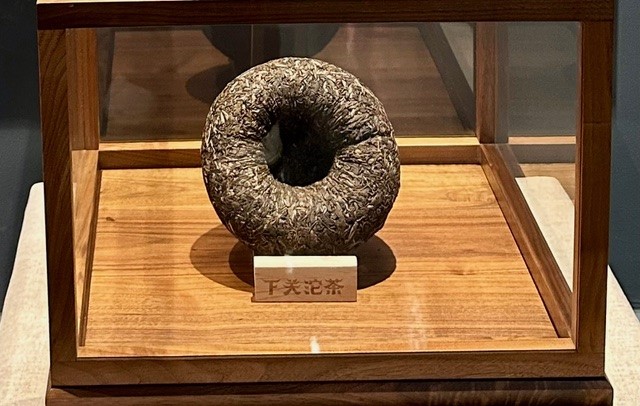 In 1902, a prominent tea merchant named Yang Zi Zhen from Dali created a unique bowl-shaped compressed tea known as "tuo cha." In the Yunnan dialect, "tuo" refers to a round-shaped object, while "cha" means tea. The design of tuo cha offered several advantages: the bowl-shaped top surface prevented chipping of the edges during transportation, and the hollow center allowed for better permeability, reducing the risk of molding if the tea became wet during transit. Additionally, tuo cha was space-efficient and easy to transport.
In 1902, a prominent tea merchant named Yang Zi Zhen from Dali created a unique bowl-shaped compressed tea known as "tuo cha." In the Yunnan dialect, "tuo" refers to a round-shaped object, while "cha" means tea. The design of tuo cha offered several advantages: the bowl-shaped top surface prevented chipping of the edges during transportation, and the hollow center allowed for better permeability, reducing the risk of molding if the tea became wet during transit. Additionally, tuo cha was space-efficient and easy to transport.
The sale of tuo cha brought significant profits to Mr. Yang, which prompted many new private factories to follow suit. By the 1930s, there were 18 tuo cha factories in the town of Xiaguan. Fast forward to the 1950s, after the establishment of modern China, all privately-owned tea factories were consolidated into one state-owned factory named Xiaguan Tea Factory. At that time, there were only four state-owned tea factories in Yunnan, and Xiaguan Tea Factory was one of them.
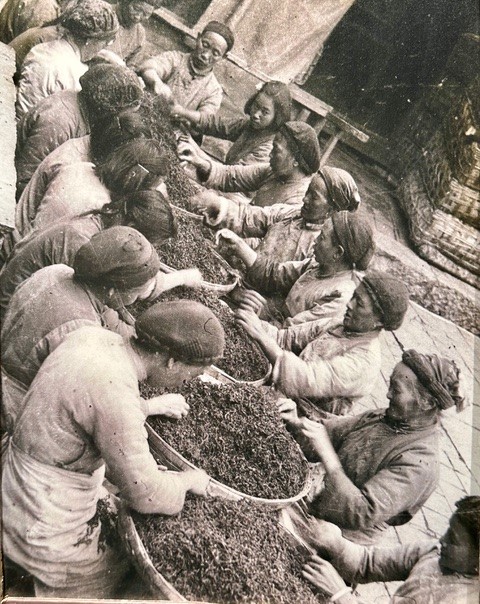
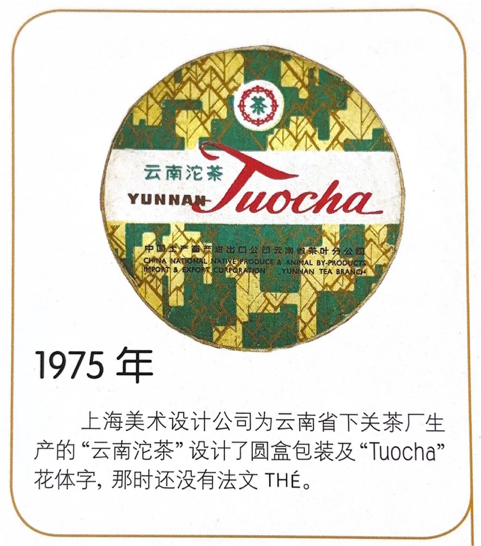 Dali, located in the northwest of Yunnan province, has a distinct climate compared to the tea-growing regions in the south. Situated at the foothills between two mountain ranges, Dali enjoys a dry and windy climate, with snow-capped peaks. The Xiaguan Tea Factory sources its mao cha (raw tea leaves) from eight major tea-producing regions in southern Yunnan and performs secondary processing at the factory, including fermentation for ripe pu-erh tea and final tuo cha compression.
Dali, located in the northwest of Yunnan province, has a distinct climate compared to the tea-growing regions in the south. Situated at the foothills between two mountain ranges, Dali enjoys a dry and windy climate, with snow-capped peaks. The Xiaguan Tea Factory sources its mao cha (raw tea leaves) from eight major tea-producing regions in southern Yunnan and performs secondary processing at the factory, including fermentation for ripe pu-erh tea and final tuo cha compression.
Due to Dali's unique climate, the Xiaguan Tea Factory enjoys certain advantages in the secondary processing of pu-erh tea. Firstly, the water used in fermentation and steaming the leaves, prior to pressing, comes from the nearby snowmelt, which enhances the flavor and quality of the finished tea. Secondly, the dry and windy weather in Dali aids in the quick drying of the fermented ripe tea and compressed tea cakes, reducing the risk of the leaves turning bad during this critical phase.
In 1976, tuo cha made its debut at the Canton Fair and captured the attention of French buyers. Shortly thereafter, Xiaguan Tea Factory started exporting pu-erh tuo cha to France and other European countries. The French Export Yunnan Tu Cha was packaged in a round cardboard box with the English words "Yunnan Toucha" printed on it. The design later added a French word "Thé", which means tea to the name. This design continues to be used to this day.
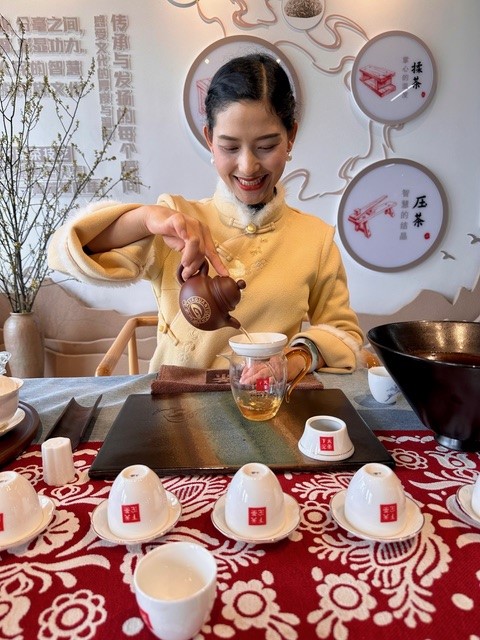 The popularity of pu-erh tuo cha extended beyond tea drinkers in France and gained attention from the medical research community. In 1978, the first clinical study, known as The Amir Experiment, was conducted by Saint Anthony's Medicine in Paris, France, to examine the efficacy of pu-erh tea. The study revealed that regular consumption of Yunnan tuo cha had beneficial effects on lipid metabolism, triglyceride levels, total lipids, and cholesterol levels. Yunnan tuo cha was reportedly sold in pharmacies rather than tea shops in France at that time. It is also important to note that Yunnan Tuo Cha had won the International Food Awards in Europe three times in 1986, 1987, and 1993.
The popularity of pu-erh tuo cha extended beyond tea drinkers in France and gained attention from the medical research community. In 1978, the first clinical study, known as The Amir Experiment, was conducted by Saint Anthony's Medicine in Paris, France, to examine the efficacy of pu-erh tea. The study revealed that regular consumption of Yunnan tuo cha had beneficial effects on lipid metabolism, triglyceride levels, total lipids, and cholesterol levels. Yunnan tuo cha was reportedly sold in pharmacies rather than tea shops in France at that time. It is also important to note that Yunnan Tuo Cha had won the International Food Awards in Europe three times in 1986, 1987, and 1993.
In the early 2000s, during China's shift towards a market-oriented economy, Xiaguan Tea Factory was privatized. Today, the factory employs more than 1,000 employees and it has a Tuo Cha Museum archiving the history and evolution of tuo cha in the last 120 years. Exploring the Tuo Cha Museum at the factory allowed me to journey through each significant period in the history of pu-erh tea in China and gain a deeper appreciation for its rich heritage. To cap off my visit, I had tea tasting at their beautiful tea house, sampling tuo cha produced in various vintages.
To purchase the French Export Yunnan Tuo Cha, click here.
